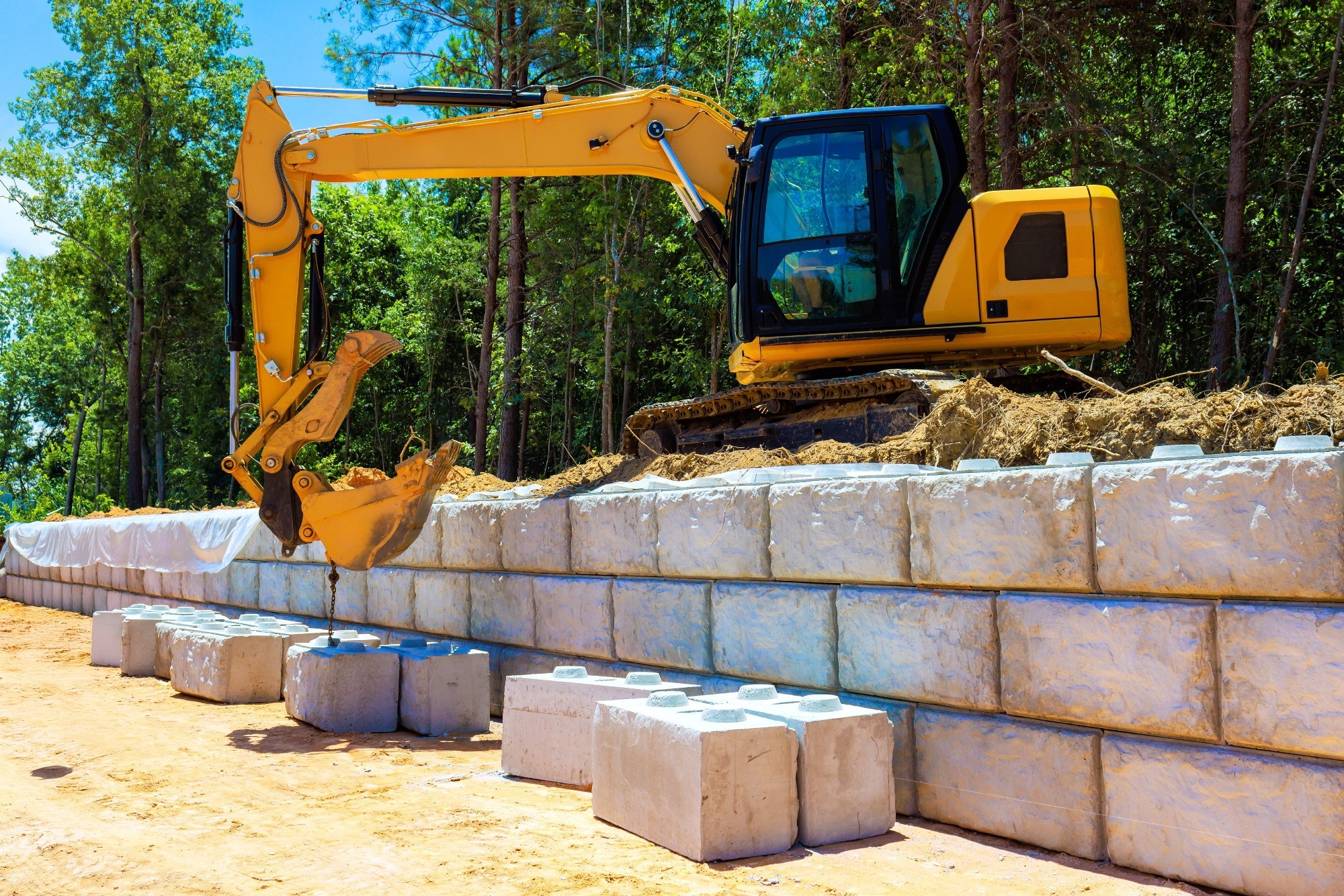Researchers have, for the first time, shown that the choice of load-bearing wall material can significantly influence how a building responds to real-world mining-induced vibrations. Using a validated 3D numerical model and in situ data from a seismically active mining region in Poland, the study highlights material-specific differences in structural behavior that could impact both safety and occupant comfort.

Study: Influence of load-bearing wall material properties on building mine-induced dynamic response. Image Credit: ungvar/Shutterstock.com
Background
Dynamic loads—such as those from earthquakes or underground mining—can place significant stress on structural components, especially those designed to resist horizontal forces. Over time, this stress can lead to visible damage like cracked ceramic tiles or peeling paint, and may also affect mechanical systems, including plumbing, HVAC, or elevator shafts.
To design buildings that can better withstand these forces, engineers must understand how structures behave under dynamic conditions. While much research has gone into seismic performance, the role of wall material selection—particularly in the context of mining tremors—has remained largely unexplored.
Methods
The study aimed to bridge this gap by evaluating the impact of different load-bearing wall materials on a building’s response to mining-induced vibrations. Seven materials were analyzed: standard reinforced concrete (SRC), cellular concrete (CC), high-strength oil-palm-shell-based lightweight concrete (LRC), standard brick, and three types of sand-lime bricks.
Researchers selected a two-story office building without a basement, located in Poland’s Upper Silesian Coal Basin, as the test case. The region is known for frequent mining-induced seismic activity. Using ANSYS Mechanical software, the team created a detailed 3D finite element model of the structure based on architectural plans and engineering drawings. The model included 2-node beam elements and 4-node elastic shell elements—each with six degrees of freedom per node—to simulate the building’s primary components.
To replicate dynamic conditions, simulated ground excitations were applied in both the x and y directions using the Newmark integration scheme along with a Rayleigh damping model. The model’s accuracy was then verified using real vibration data collected from sensors placed inside and outside the building during actual mining events.
Results and Discussion
The analysis showed that wall material plays a significant role in how buildings react to tremors. Natural vibration frequencies of the building varied by about 10% depending on the wall material, with the structure exhibiting greater stiffness in the y-direction than in the x-direction. This directional stiffness led to notable differences in how vibrations were transmitted and absorbed.
Using Fourier spectrum analysis, the researchers identified dominant frequencies in both directions, which varied not only by material type but also by the energy level of the tremor. For high-energy tremors, the greatest variation—up to 28%—in dominant frequency was observed between cellular concrete and masonry walls in the y-direction.
Peak ground accelerations for high-energy events reached 1.76 m/s2 (x) and 2.2 m/s2 (y), while low-energy tremors produced significantly lower values, staying under 1 m/s2. Frequency bands also shifted with tremor intensity: high-energy events ranged from 8.5–12 Hz and 15–16 Hz (x-direction) and 3–20 Hz (y-direction), whereas low-energy events ranged from 12–25 Hz (x) and 5–17 Hz (y).
Perhaps most strikingly, the building’s maximum vibration acceleration response varied by as much as 56.6% depending on wall material. Structures built with cellular concrete, the least stiff of the materials studied, experienced the highest accelerations. These findings suggest that CC may be unsuitable for tremor-prone regions due to its increased susceptibility to vibration-induced damage.
Although the overall deformation patterns (mode shapes) were similar across all materials, the magnitude of displacements varied significantly. For weaker tremors, transverse displacements in the y-direction were more pronounced across all materials, underlining the complexity of the building’s dynamic response.
Conclusion
Overall, the researchers thoroughly examined the influence of different load-bearing wall materials on a building’s dynamic response to mining ground-borne vibrations. Numerical dynamic analyses were performed using a three-dimensional finite element model of a building, subjected to shocks of varying energy levels, maximum acceleration values, and epicenter distances.
The wall material properties significantly influenced a building’s dynamic behavior under mine-induced tremors. Therefore, selecting an appropriate wall material is crucial to enhancing the safety of the structure and the comfort of inhabitants under dynamic impact conditions.
Journal Reference
Zajac, M., Kuzniar, K., & Tatara, T. (2025). Influence of load-bearing wall material properties on building mine-induced dynamic response. Scientific Reports, 15(1). DOI: 10.1038/s41598-025-15518-3. https://www.nature.com/articles/s41598-025-15518-3
Disclaimer: The views expressed here are those of the author expressed in their private capacity and do not necessarily represent the views of AZoM.com Limited T/A AZoNetwork the owner and operator of this website. This disclaimer forms part of the Terms and conditions of use of this website.